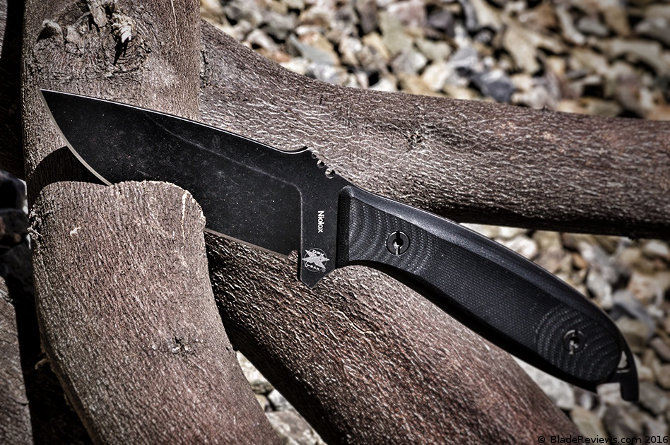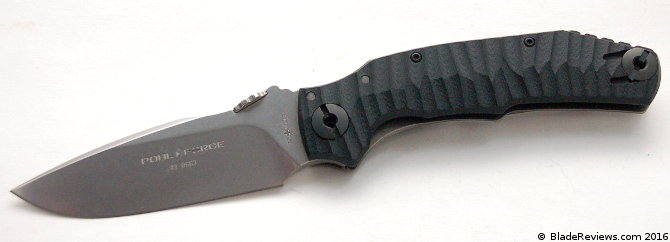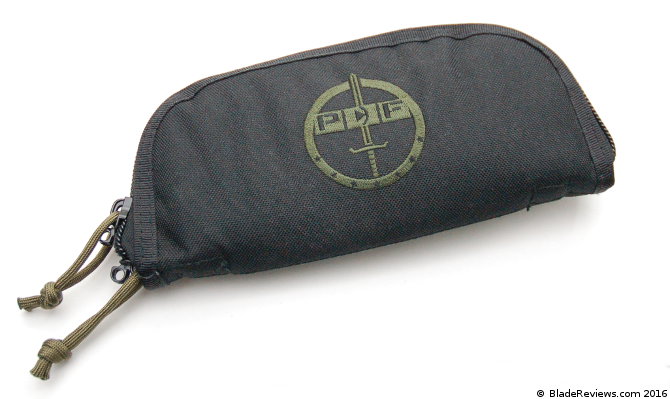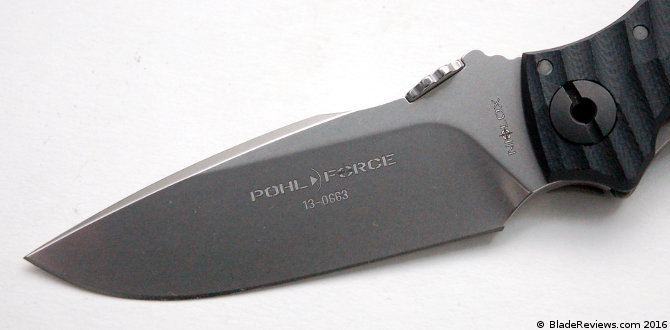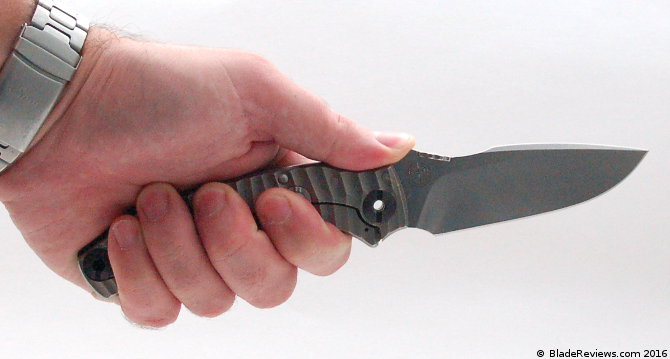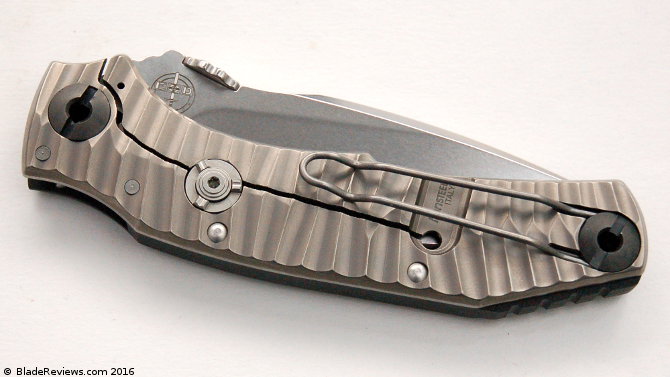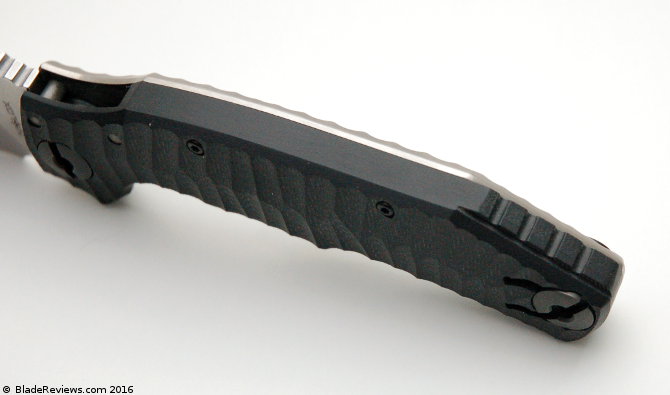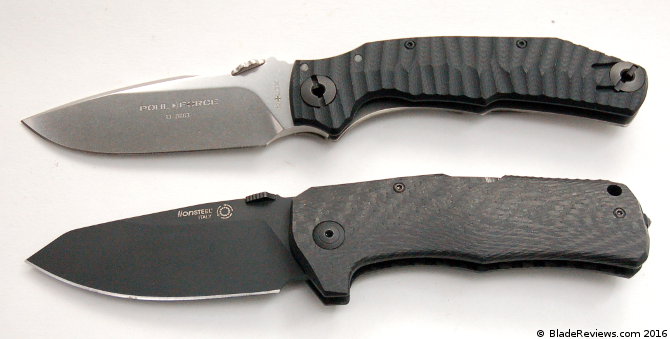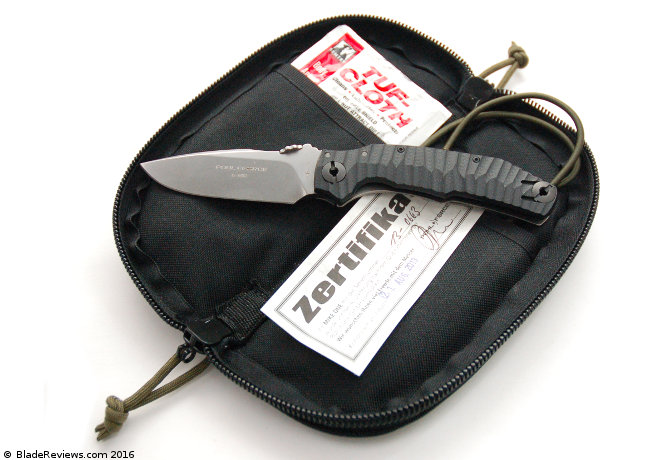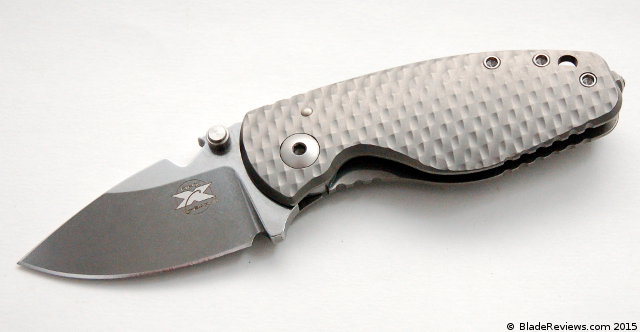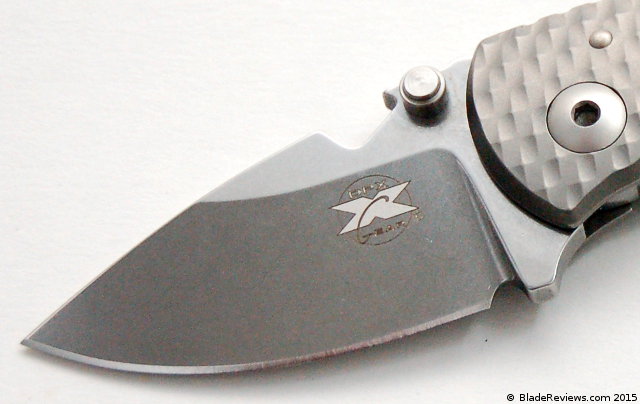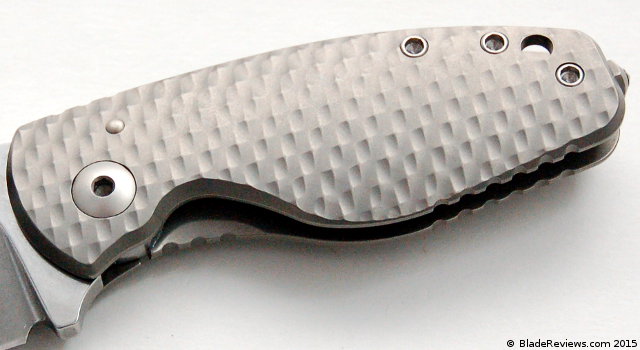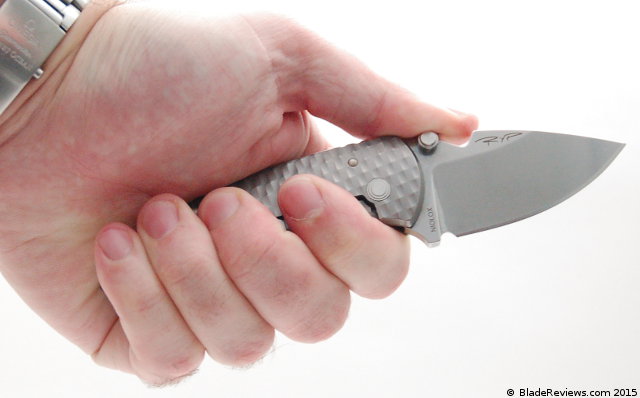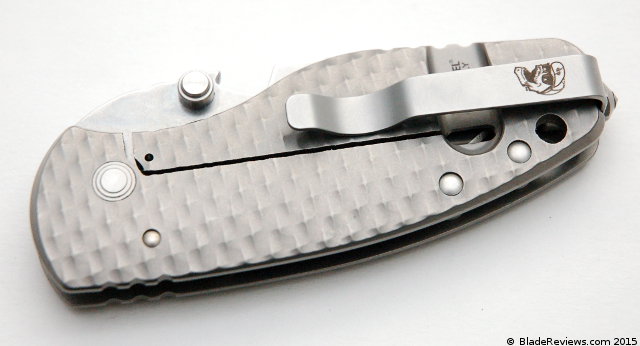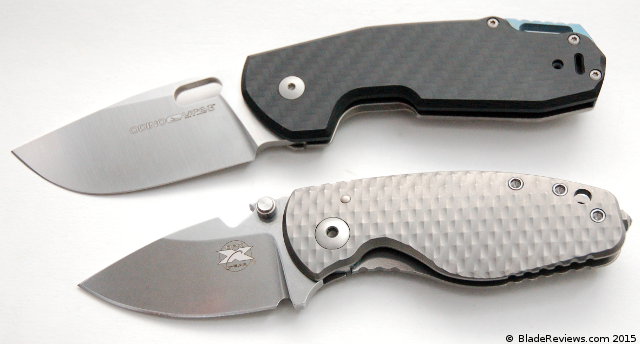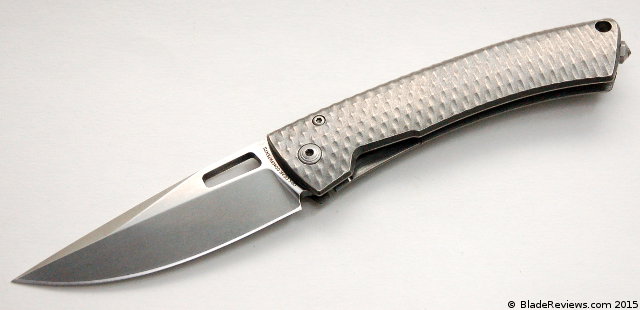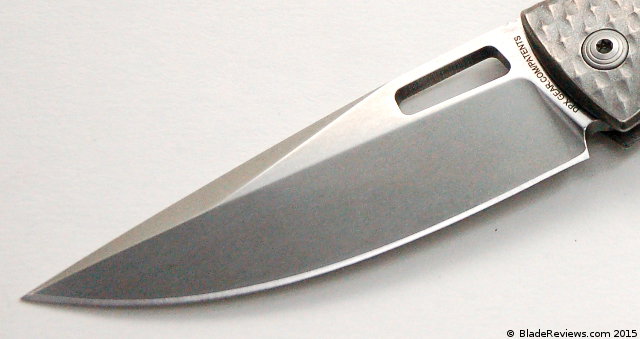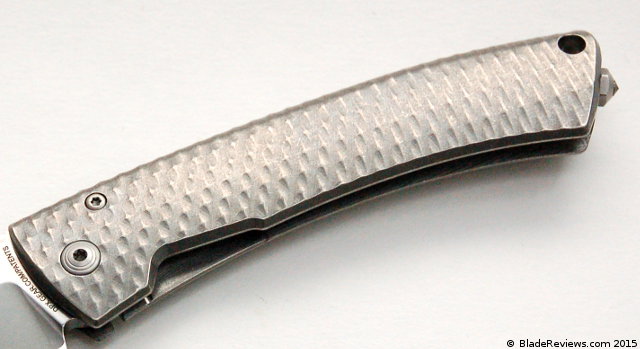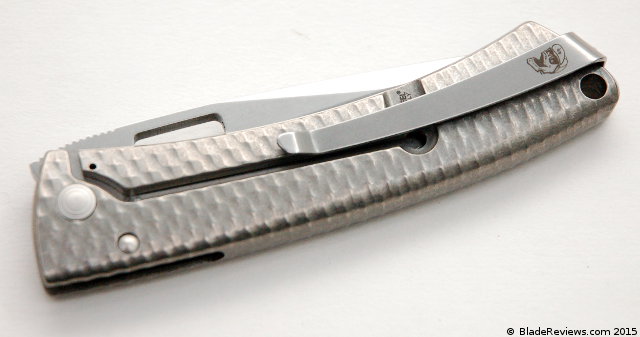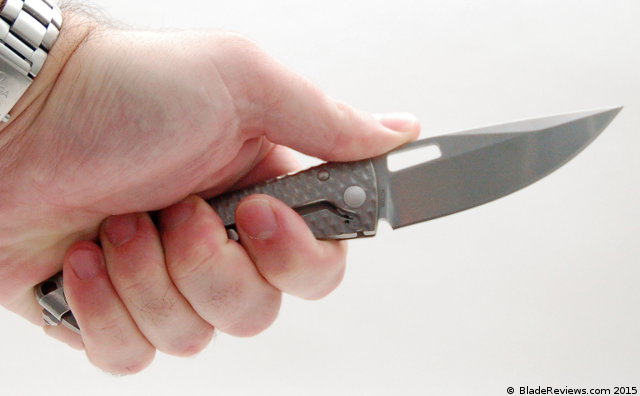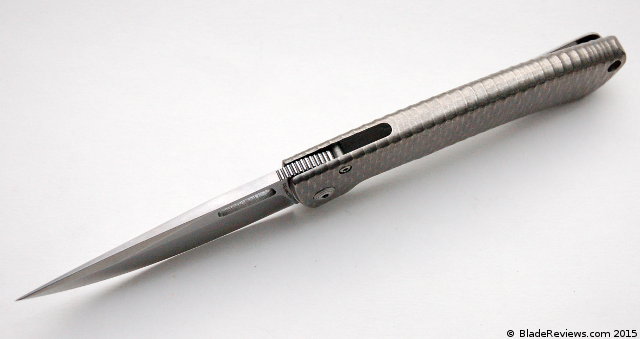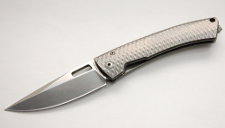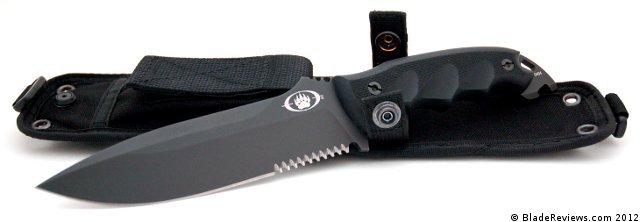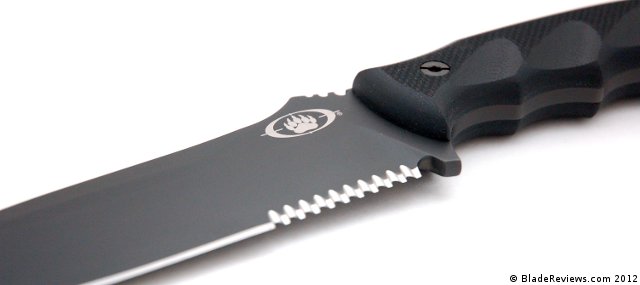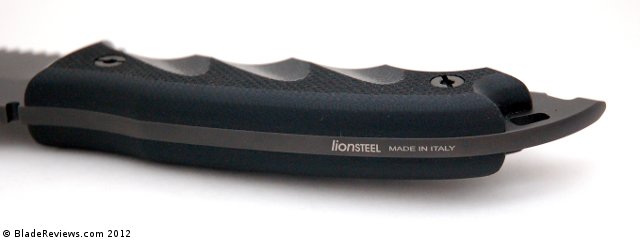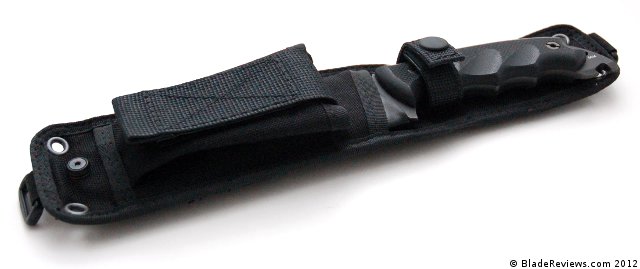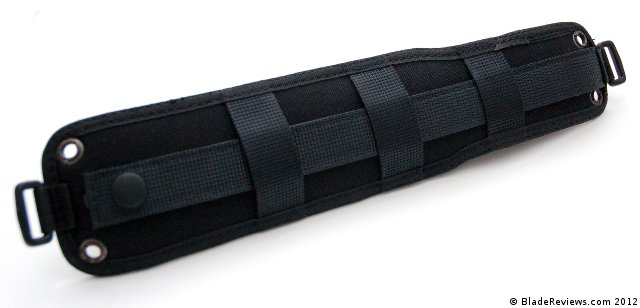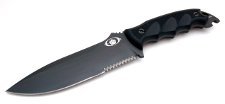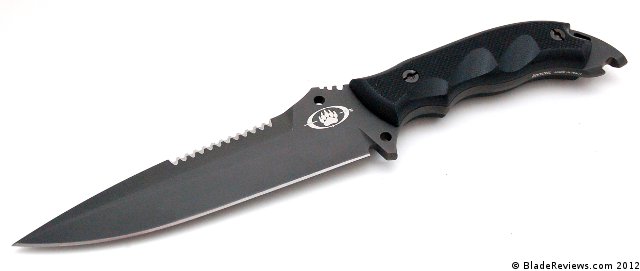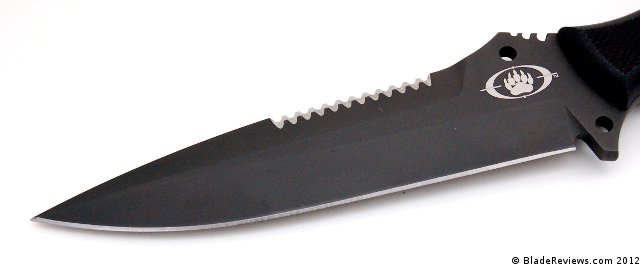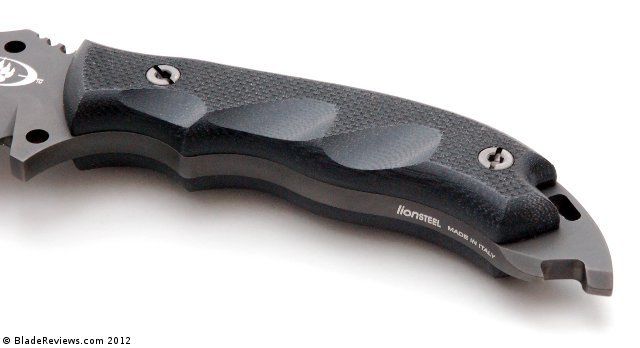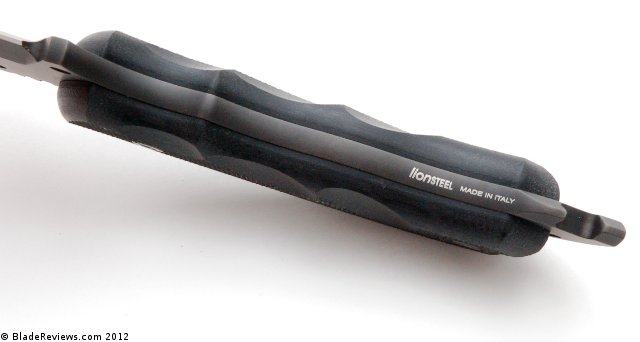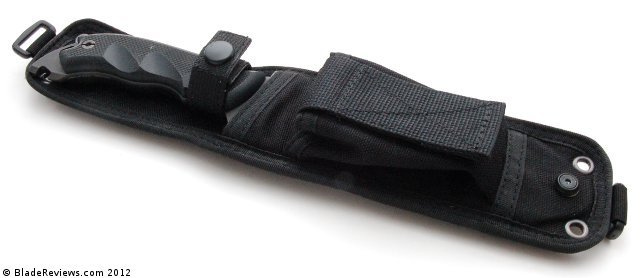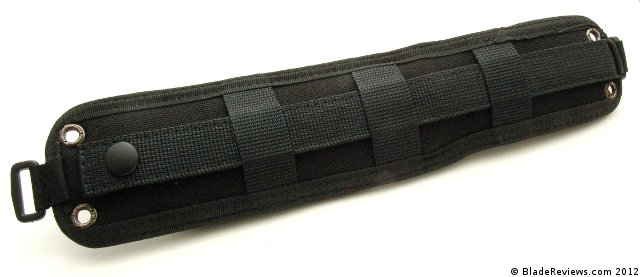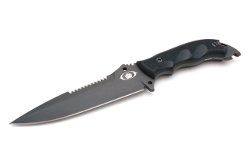Last Updated: August 11, 2019
Robert Young Pelton is a journalist, author, and documentary filmmaker with a reputation as an adventurer with an uncanny ability to enter into violent and deadly areas of the world return with a stunning story. Pelton’s experiences led him to create his own brand of knives after much frustration with the inadequacy of other knives on the market. As a result, Pelton founded DPx (Dangerous Places Extreme) Gear, Inc. in 2011, to create a line of gear based on his own “specific needs for equipment in hostile and deadly environments.”
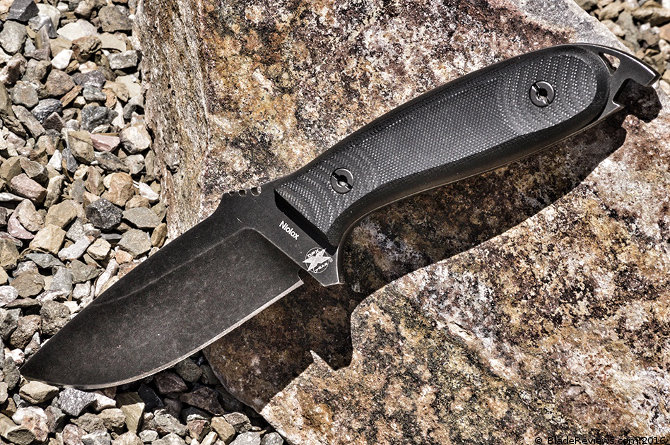
Buy the DPx Gear HEFT 4 at BladeHQ
Touted as the big brother to the DPx HEST, the HEFT 4 (Hostile Environment Survival Tool), designed by Italian knife designer Tommaso Rumici and Robert Young Pelton, is one of the newer models in the DPx Gear lineup.
General Dimensions and Blade Details
The HEFT 4 Assault has a four-inch “sword-ground” blade made from 0.19-inch (4.83 mm) German Lohmann Niolox® 1.4153.03 steel, which has been cryo-hardened to a hardness of 61 HRC. Niolox® is a niobium-enhanced, high-performance stainless blade steel produced in Germany by Lohmann Stahl (Steel). Niobium is one of the best stable carbide formers, aiding in the formation of martensite, a crystalline microstructure of iron atoms that is formed during quenching and what gives a blade its hardness.
Although my HEFT came extremely sharp out of the box, I have read complaints by others who have said theirs were not sharp enough. I don’t know how to answer to that. All I can say is that this was not an issue for me. Even after spending some time in the field cutting away at wood and other common materials, I have yet to find the need to re-sharpen this blade. That being said, I would not be at all surprised if it takes a lot of elbow grease to put an edge back on it (if you ever need to), considering the hardness of this blade.
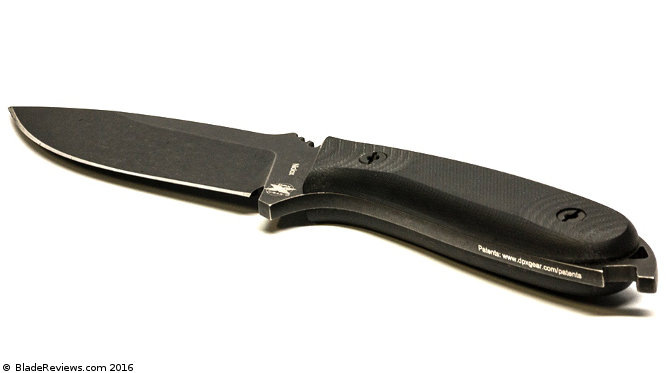
The HEFT 4 weights 6.95 ounces with an overall length of 9.05 inches. The length and weight makes the knife very manageable. In fact, I expected the knife to be much heavier at first glance, but it is surprisingly light given its beefy design.
The Stonewashed version of the HEFT 4 Assault has a matte black TiCN PVD coating that is tumbled for a grey stonewashed look. The result is an intimidatingly beautiful finish that is as functionally durable as it is aesthetically pleasing.
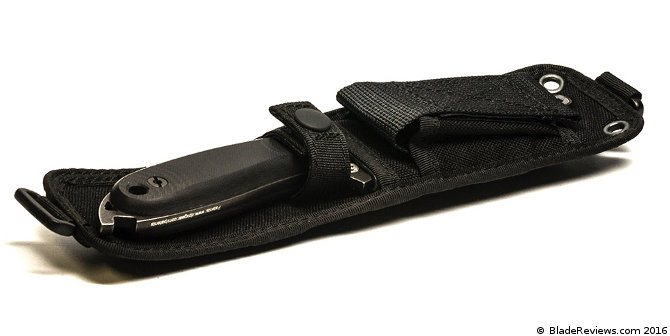
Handle and Ergonomics
The HEFT’s ergonomic handle and black G10 handle scales are hollowed out to offer a mini storage cavity for carrying fire starter, cordage, fish hooks, a button compass, or whatever survival necessities you deem worthy of residing inside. The handle scales are secured in place with 304 stainless steel hybrid slotted/Allen screws. These screws can be removed with a standard screwdriver, 3mm Allen wrench, or even better, the DPx Mr. DP Skull Tool. A ¼” magnetized hex driver is located on the right side of the handle near the pommel, adding even more functionality to this awesome piece of hardware.
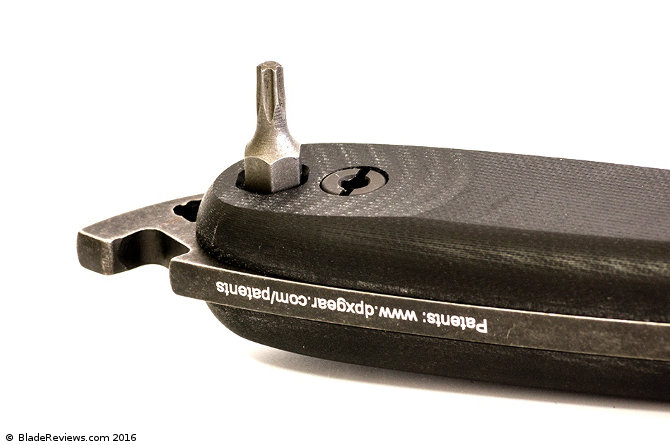
The HEFT features a bottle opener/pry bar that also functions as a striker pommel (read skull crusher) at the end of the handle. This innovative pommel design has an integrated lanyard hole, which no survival knife would be complete without. The most unique feature on a knife loaded with “extras” is probably the wire-stripper “jimping” on the thumb ramp. These three wire-sized cutouts that provide thumb traction during cutting are also, in fact, wire strippers. It is a subtle addition that is easily overlooked if you are not in the know.
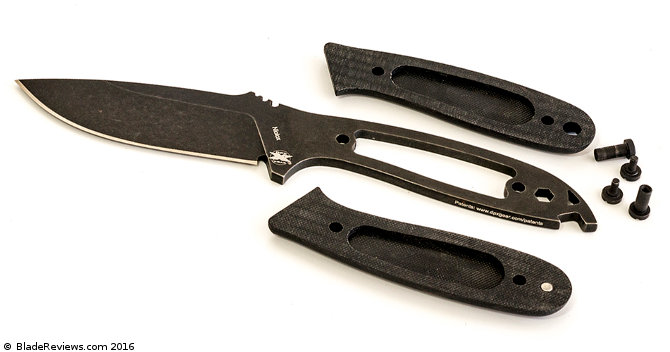
The handle fits very nicely in the hand, providing an angle and grip similar to that of any one of the ESEE® brand knives (interestingly, several of DPx Gear’s knives are made by Rowen Manufacturing, the company that manufactures ESEE Knives), but with a bit more purchase area. The upward sloping thumb ramp mentioned earlier provides a convenient backstop that aids in cutting and penetrating tasks alike. If you lose control of this blade, it’s because you weren’t holding on to it.
Sheath
The HEFT 4 comes with a black CORDURA® sheath that has a hard plastic insert. A single MOLLE attachment point is present on the back of the sheath, which allows it to be mounted to the outside of a MOLLE equipped pack or vest. The addition of two grommet holes at the bottom and plastic D-rings at each end of the sheath allow for quite a few mounting configurations. A retention loop with a button snap holds the knife securely in place when housed inside the sheath. There is also an outside pocket that can be used to carry a sharpening stone, ferro rod, hex bits, or whatever small item(s) you may find convenient to have around while in the brush.
DPx HEFT 4 Assault Review – Final Thoughts
I highly recommend the DPx HEFT 4 Assault as an all-around, hard-use knife. Its array of unique features lends it to be a fixed-blade multi-tool with pry-bar durability. It is the total package when it comes to beauty and functionality—the Land Rover of knives if you will. For the price of this knife, you can’t go wrong.
The HEFT 4 Assault is made in Maniago, Italy by LionSTEEL. The Italians have a pretty solid reputation when it comes to making knives, and LionSTEEL, owned by Gianni Pauletta and family, is one of the most reputable knife-making companies in Italy.
DPx Gear offers a lifetime, no-questions-asked warranty on their knives, so you can buy in confidence, knowing that if anything happens to your knife, they’ll have you covered, and you won’t have to tear you house apart looking for that warranty card that you actually threw away with the box.
- Matte black PVD TiCN coated Niolox stainless tool steel
- Wire strippers jimping
- 1/4" magnetized hex driver in scale
- Hollow scales
- Lifetime warranty
I recommend purchasing the DPx Gear HEFT 4 Assault at Amazon or BladeHQ. Thanks for reading.
